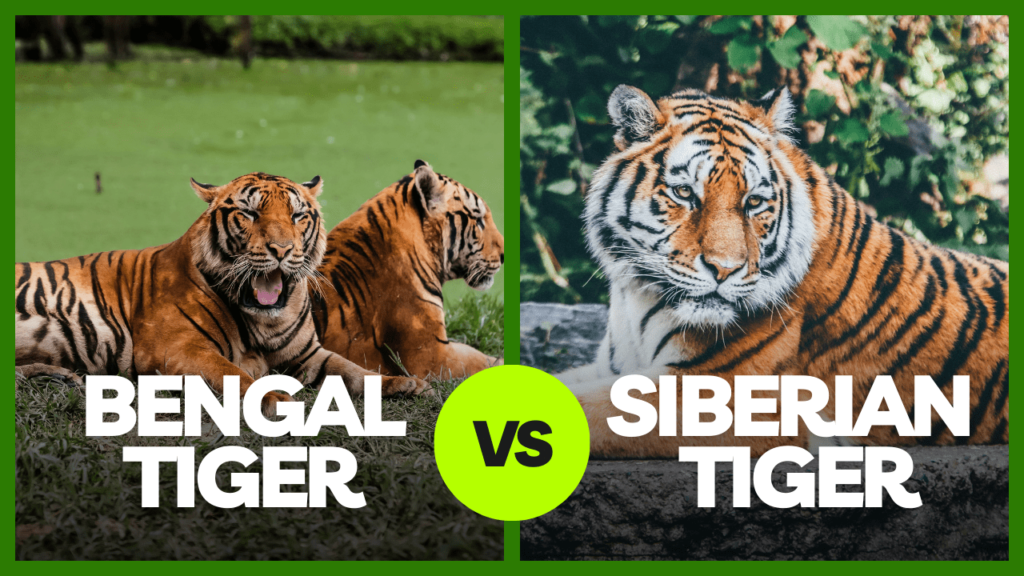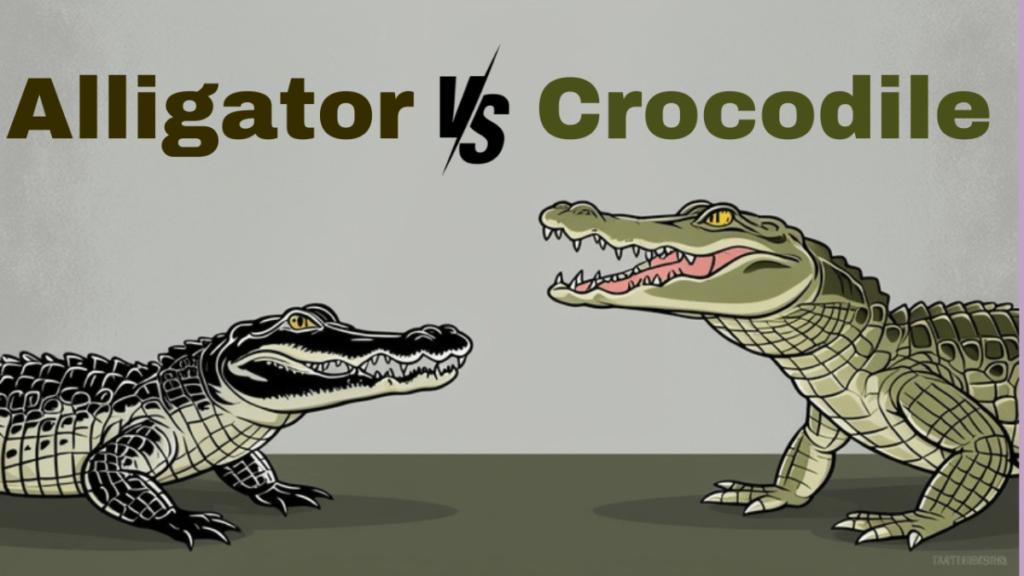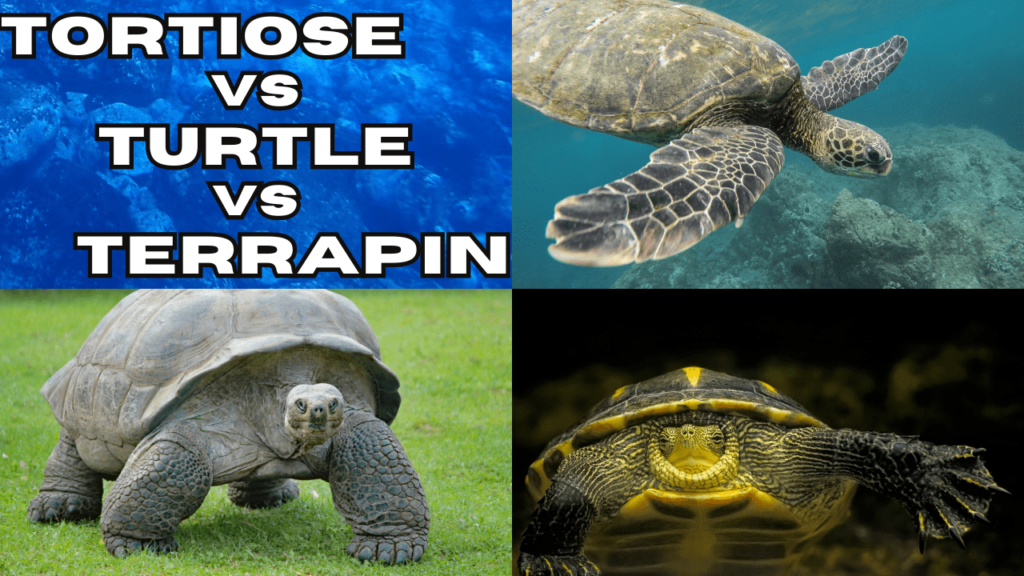In the animal kingdom, there is often confusion between the terms poisonous Vs venomous, with many people using them interchangeably. However, while both relate to harmful substances that can affect humans or other creatures, they are not the same thing. Understanding the difference between poisonous and venomous organisms is crucial for wildlife enthusiasts, outdoor explorers, and even pet owners.
In this article, we’ll explore the distinctions, provide examples of poisonous creatures and venomous animals, and explain the evolutionary significance of both strategies.
Poisonous Vs Venomous
The Difference Between Poisonous and Venomous
Poisonous vs Venomous—these terms describe two different methods that animals or plants use to defend themselves or capture prey. Let’s break them down:
Poisonous Creatures: These organisms are harmful when touched, eaten, or inhaled. The toxin is often spread passively, meaning the organism doesn’t actively deliver the poison. If you eat a poisonous plant or touch a poisonous animal, you’ll absorb the toxin. An example is the Poison Dart Frog, which secretes toxic substances on its skin that can harm predators when ingested.

Venomous Creatures: These organisms actively deliver their venom through a bite, sting, or similar mechanism. For example, a snake’s venom is injected into its prey using fangs, or a scorpion uses its stinger to inject venom. Venom typically acts quickly to immobilize or kill prey.

What is the Difference Between Poisonous and Venomous?
The primary difference between venomous and poisonous organisms lies in how the toxins are delivered. In venomous creatures, the venom is injected directly through bites or stings, while poisonous creatures rely on passive defense, with their toxins affecting anything that consumes or touches them.
- Venomous or Poisonous: The correct usage depends on how the organism delivers the toxin. For example, snakes like the King Cobra are venomous, whereas animals like the pufferfish are poisonous, meaning if you eat it (without proper preparation), you could suffer severe poisoning.
- Difference in Poisonous and Venomous Effects: Poison typically causes harm when absorbed through the skin, ingested, or inhaled, leading to nausea, paralysis, or death. Venom is specialized to attack specific body systems (nervous, circulatory, etc.) once injected, often acting much faster.
Examples of Poisonous Animals
Understanding poisonous animals helps clarify the concept. These animals don’t inject their poison, but they cause harm when consumed or touched:
Poison Dart Frog: Found in Central and South America, this small frog secretes powerful toxins through its skin. Even touching one can lead to severe effects.

Pufferfish (Fugu): This fish contains a lethal toxin known as tetrodotoxin, especially concentrated in its liver and ovaries. Eating improperly prepared pufferfish can be deadly.
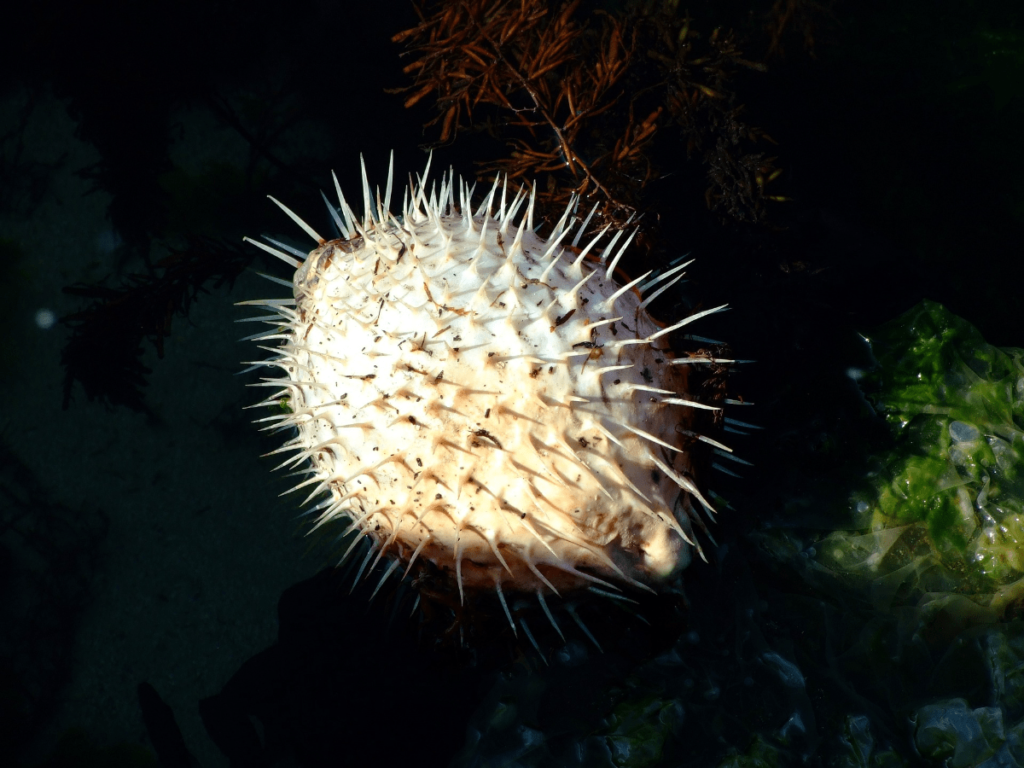
Monarch Butterfly: These butterflies become poisonous by ingesting toxic milkweed plants during their caterpillar stage. They don’t harm humans but are toxic to predators.
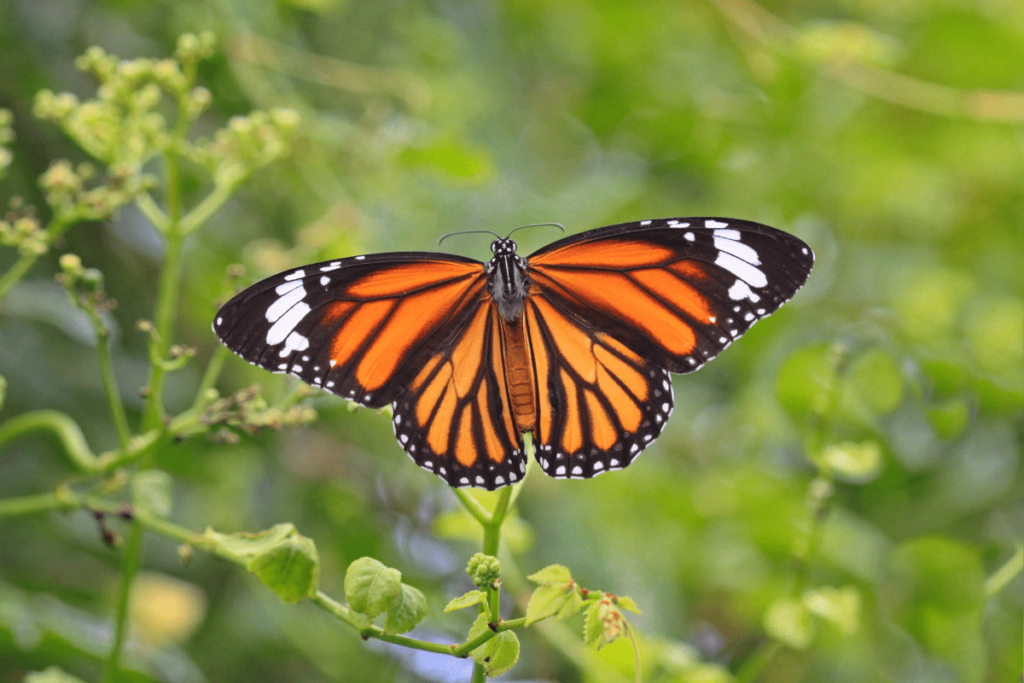
Examples of Venomous Animals
On the other hand, venomous animals actively inject venom into their prey or attackers:
King Cobra: One of the most dangerous snakes in the world, the King Cobra injects venom through its fangs, which can quickly paralyze or kill its prey.

Box Jellyfish: Often found in the waters of Australia, this creature has tentacles that deliver venom to anything that touches them, causing extreme pain and, in some cases, death.

Black Widow Spider: This spider delivers venom through its bite, which can cause severe pain, cramps, and nausea in humans.

Venomous vs Poisonous Fishes
Fishes provide great examples of both poisonous and venomous creatures. A poisonous fish, like the pufferfish, is deadly if eaten, while venomous fishes, such as stonefish or lionfish, inject venom through their spines when threatened. These marine animals highlight the difference between venom and poison in aquatic ecosystems.
Stonefish: Found in tropical waters, the stonefish is considered one of the most venomous creatures in the ocean. Its venom can cause extreme pain, tissue damage, and even death.
Check out this article on 10 Shocking Facts About the World’s Deadliest Fish

Pufferfish (Poisonous): As mentioned earlier, this fish releases toxins that, when ingested, cause severe poisoning in humans and other animals.

Evolutionary Significance of Poison and Venom
Animals evolve venom or poison as a survival mechanism, either to defend themselves or to capture prey more efficiently. Let’s explore the benefits:
- Poisonous Creatures: Poison serves as a strong defense mechanism. For example, the toxins produced by some plants and animals deter predators. Predators learn to avoid brightly colored or distinctively marked poisonous animals.
- Venomous Creatures: Venom is often used to subdue prey quickly or defend against attackers. Venom allows venomous animals, such as snakes and scorpions, to immobilize or kill prey, giving them time to feed safely.

Venomous or Poisonous? Common Misconceptions
Many people commonly confuse venomous and poisonous creatures, particularly in the case of snakes. The difference between venomous and poisonous snakes lies in how their toxins affect you. If the animal bites and injects venom, it’s venomous. If eating the animal or touching it causes harm, it’s poisonous. For example:
- Venomous Snakes: The rattlesnake is an example of a venomous snake, using its fangs to inject venom into its prey.
- Poisonous Snakes: While rare, some snakes may be considered poisonous if their bodies contain toxins that are harmful when consumed.

FAQs: Poisonous vs. Venomous Animals
Are King Cobras venomous or poisonous?
King Cobras are venomous; they inject venom through their fangs when they bite.
Are Wolf Spiders venomous or poisonous?
Wolf Spiders are venomous; they use venom to immobilize their prey.
Are spiders poisonous or venomous?
Most spiders are venomous, using venom to capture prey.
Are snakes venomous or poisonous?
Many snakes are venomous; they inject venom through their bites, but very few are poisonous.
Are scorpions poisonous or venomous?
Scorpions are venomous; they sting their prey or predators with venom.
Are jellyfish poisonous or venomous?
Jellyfish are venomous, using tentacles to deliver venom to anything they touch.
Do spiders have poison or venom?
Spiders have venom, which they inject into their prey.
Are Black Widows poisonous or venomous?
Black Widows are venomous; they deliver venom through their bite.
Are Poison Dart Frogs poisonous or venomous?
Poison Dart Frogs are poisonous; their toxins are harmful when touched or ingested.
Are frogs poisonous or venomous?
Some frogs are poisonous, like the Poison Dart Frog, secreting toxins through their skin.
Are Gila Monsters poisonous or venomous?
Gila Monsters are venomous; they deliver venom through bites.
Are jellyfish venomous or poisonous?
Jellyfish are venomous, injecting venom via their tentacles.
Are Platypuses poisonous or venomous?
Male Platypuses are venomous, delivering venom through spurs on their hind legs.
Are Rattlesnakes poisonous or venomous?
Rattlesnakes are venomous; they inject venom through their fangs.
Are Puffer Fish venomous or poisonous?
Puffer Fish are poisonous, containing toxins harmful when consumed.
Are Sea Snakes poisonous or venomous?
Sea Snakes are venomous, delivering venom through bites.
Are Stingrays poisonous or venomous?
Stingrays are venomous, delivering venom through their barbed tails.
Are Tarantulas poisonous or venomous?
Tarantulas are venomous, injecting venom to immobilize prey.
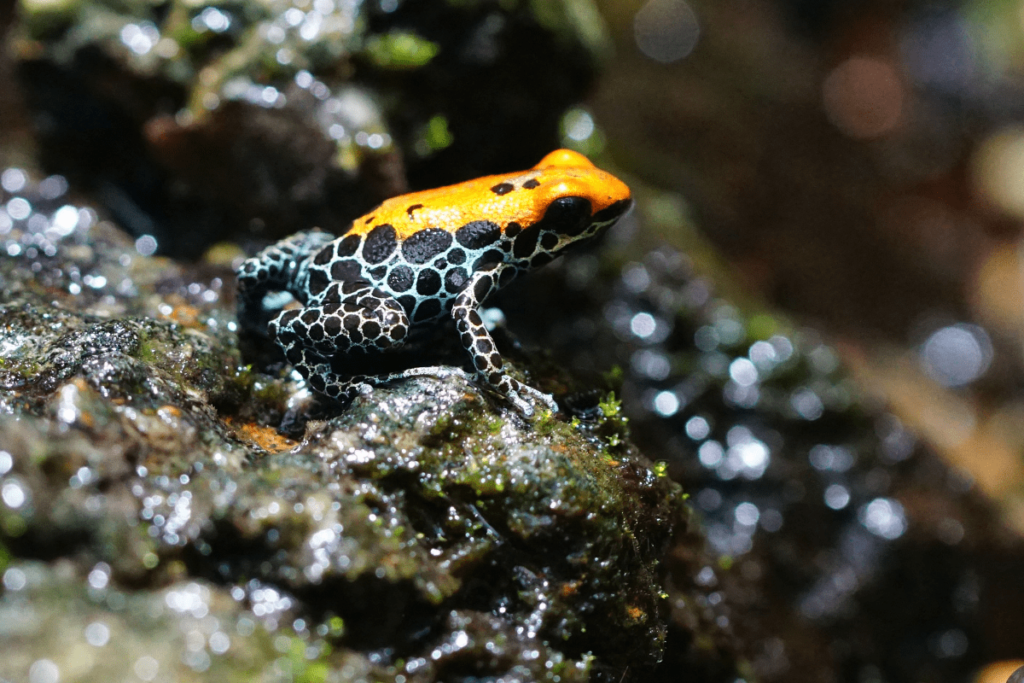
Conclusion: Venomous Vs Poisonous
Understanding the difference between poisonous and venomous organisms is important for both safety and biological knowledge. Whether you’re hiking in the wild or exploring marine life, knowing which creatures are venomous or poisonous can help you avoid dangerous encounters.
To summarize:
- Poisonous creatures harm when consumed, touched, or inhaled.
- Venomous creatures inject venom through bites, stings, or spines.
- Both types of animals use toxins for defense or predation, but in very different ways.
The next time someone asks, “What is the difference between poisonous and venomous?” you’ll be able to explain the key distinctions and provide examples of both types of creatures. Stay safe and be aware of the wildlife around you—whether you encounter a venomous or poisonous animal, understanding these differences could make all the difference.

